11 Oct Pagpasundayag sa Sinaunang: Baybayin – An Original Mélange of Performance
The National Commission for Culture and the Arts (NCCA) in partnership with Liceo de Cagayan University and Pasundayag Community Arts presents, Pagpasundayag sa Sinaunang: Baybayin, which was recently presented Friday, October 7, at the Rodelsa Hall, Liceo de Cagayan University. The stage performance of “Baybayin” (in English, “Shore”) is a mixture of multi-art disciplines that is based on the research on Sinaunang Baybayin or one of the Philippines’ earliest ancient alphabets.
This project from the NCCA, Pasundayag Community Arts, and Liceo de Cagayan University is based on a series of activities from a workshop facilitated by Emil Yap, an expert on Sinaunang Baybayin or ancient Filipino alphabet and system of writing, more popularly known in linguistic study circles as Alibata, Baibayin, or Baybayi.
This ancient Filipino writing from the root word “baybay” or “baibai” (meaning “spelling” or “tracing”) is not based on the Doctrina Christiana that was spread by the Spanish colonizers that would become the country’s official alphabet.
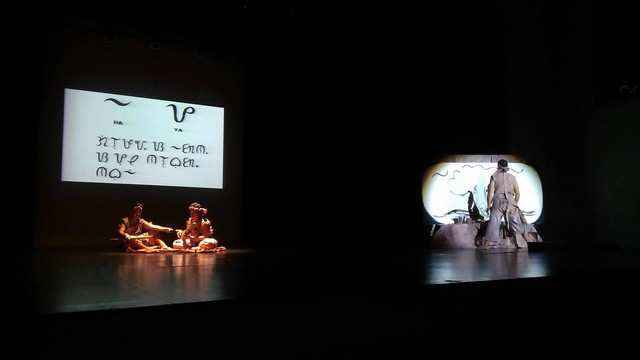
The Sinaunang Baybayin is also sometimes called “Alpabeto ni Bonifacio” since the Katipuneros used this in their secret documents that could not be deciphered by the Spaniards. For the stage performance, the first part was called Sugilanon sa Paglalang – Ang Alamat ng Sansinukuban or The Creation Story. This is a dance performance by the whole cast.
The second part was the Pasiunang Eskrip: Ha ug Ba, or an introduction of the two major Sinaunang Baybayin script, Ha and Ba, expressed in an ensemble performance.
The third part was called Pagkatawo ug Paghubad sa Tanaga, or the individual identities of the artists involved and their body articulation of the Baybayin in a Haiku. This part had a sort of historical perspective that traces the origins of certain Kaga-yanon families in Cagayan de Oro.
The fourth part was called Ang Paghagit sa Kamatuoran Pamaagi sa Dula or The Provocation: The truth revealed in a game and the theatrical utterance of the games depicting the contrast between different generations. This was probably the best part based on the audience’s reactions.
It depicted dances that showed childhood games in the 1970’s and 80’s that have all but disappeared in today’s gadget- and online game-filled world. The stage performance is a collaboration of different Kagay-anon artists from different groups such as:
MOST Talents
CDEO Arts Guild – Michael Bacol
Next Moves – Arnie Jumao-as, Feliz Ugalde, and Roger Odron
Dulaang Atenista – JC Salon, Angelo Dabbay, Franz Lacson, Dan David Tan
Dulaang Atenista Alumni – Alvin Adaza, Ethyl Malachico, Dr. Reynards Tan, Denise Mordeno Aguilar
Based on Sinaunang Baybayin, there is an ongoing exhibit made by local artists at the Capricho Art Café just beside the Rodelsa Hall. Major sponsors were; Metro Oro Ventures, Loreto’s, Rosita’s Healthy Kitchen, Capricho Art Café, 99 Ranch Buffet and Pub, Going Banana, Karumata, Legacy Printing, Liceo de Cagayan University Office of Cultural and Public Affairs, Kagay White Water Rafting, and Nature’s Spring. Media partners were About Cagayan de Oro, Mindanao Daily News, Mellow Touch 95.7, Magic 89.3, Geek Wars, and CDO Bloggers.

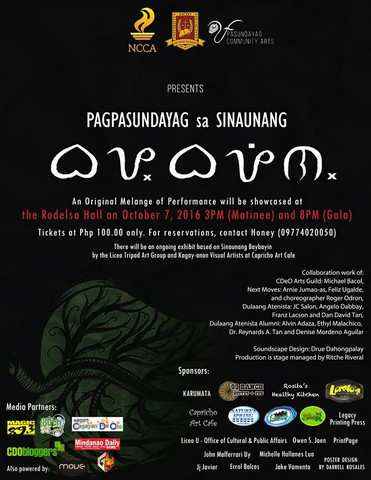
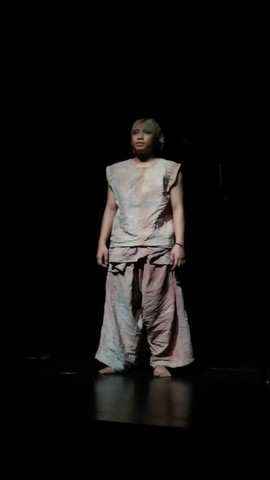
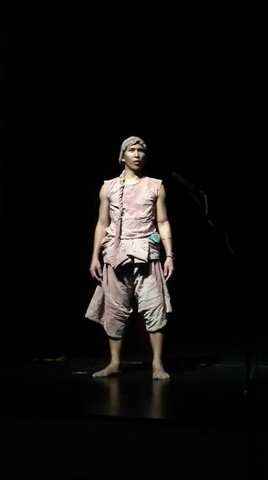
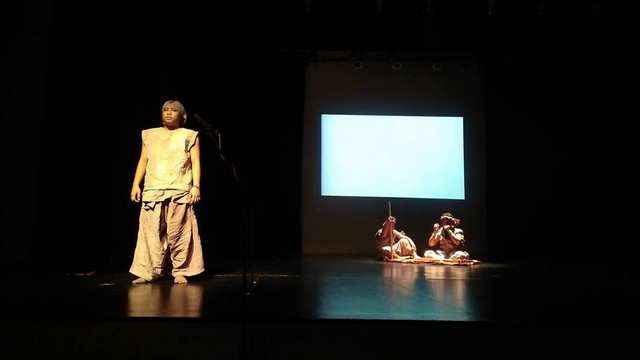


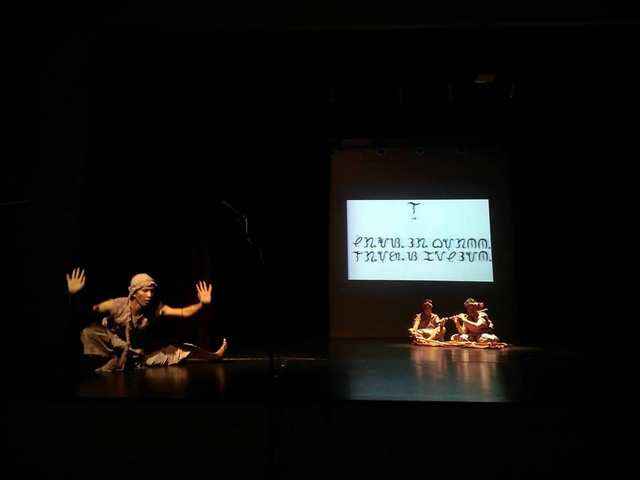


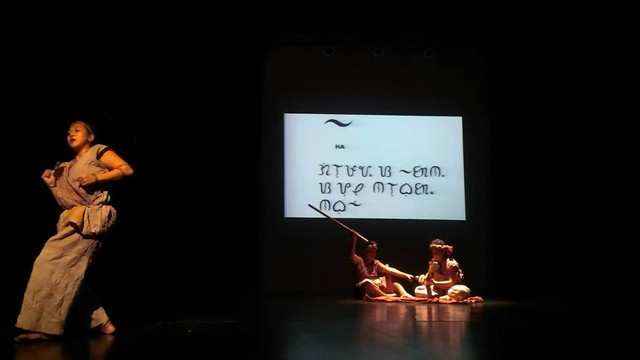

No Comments